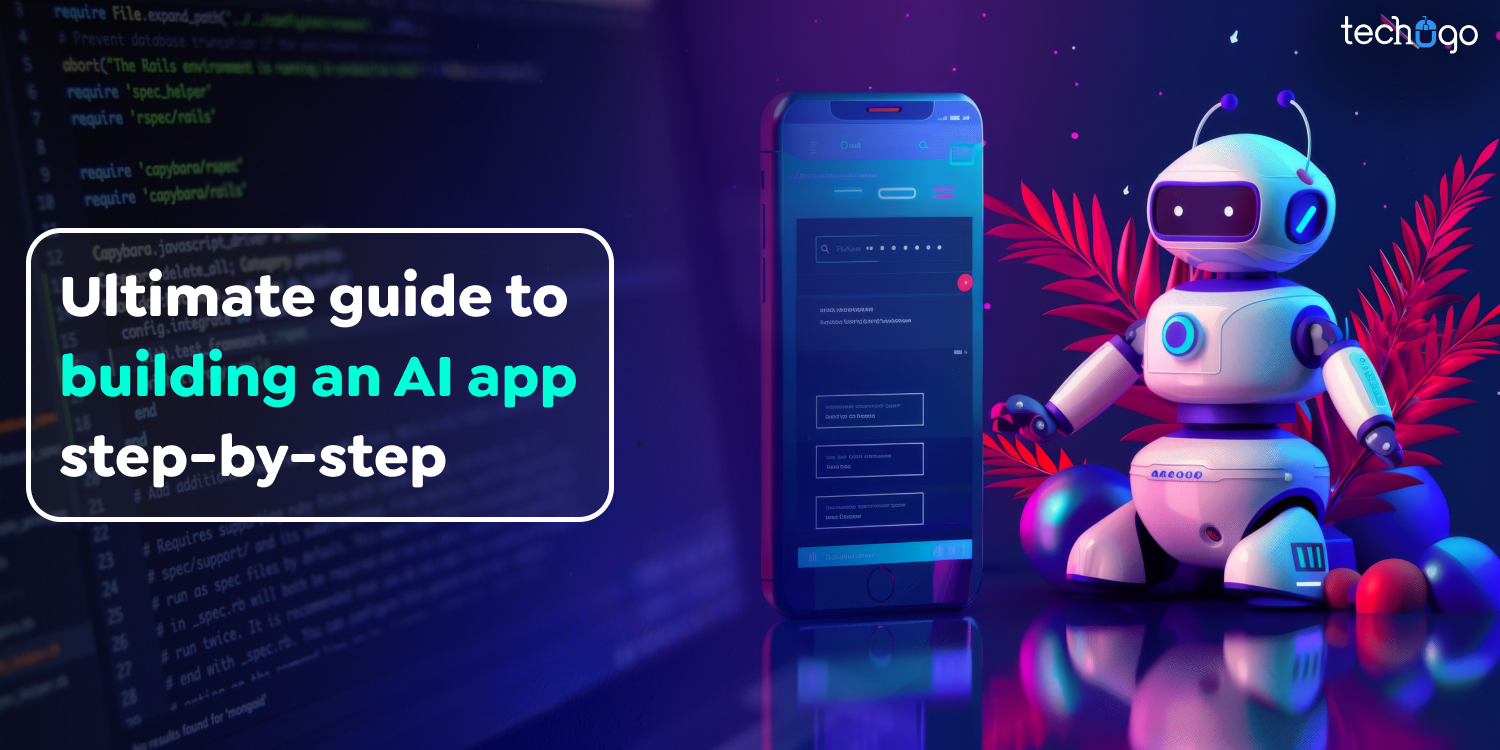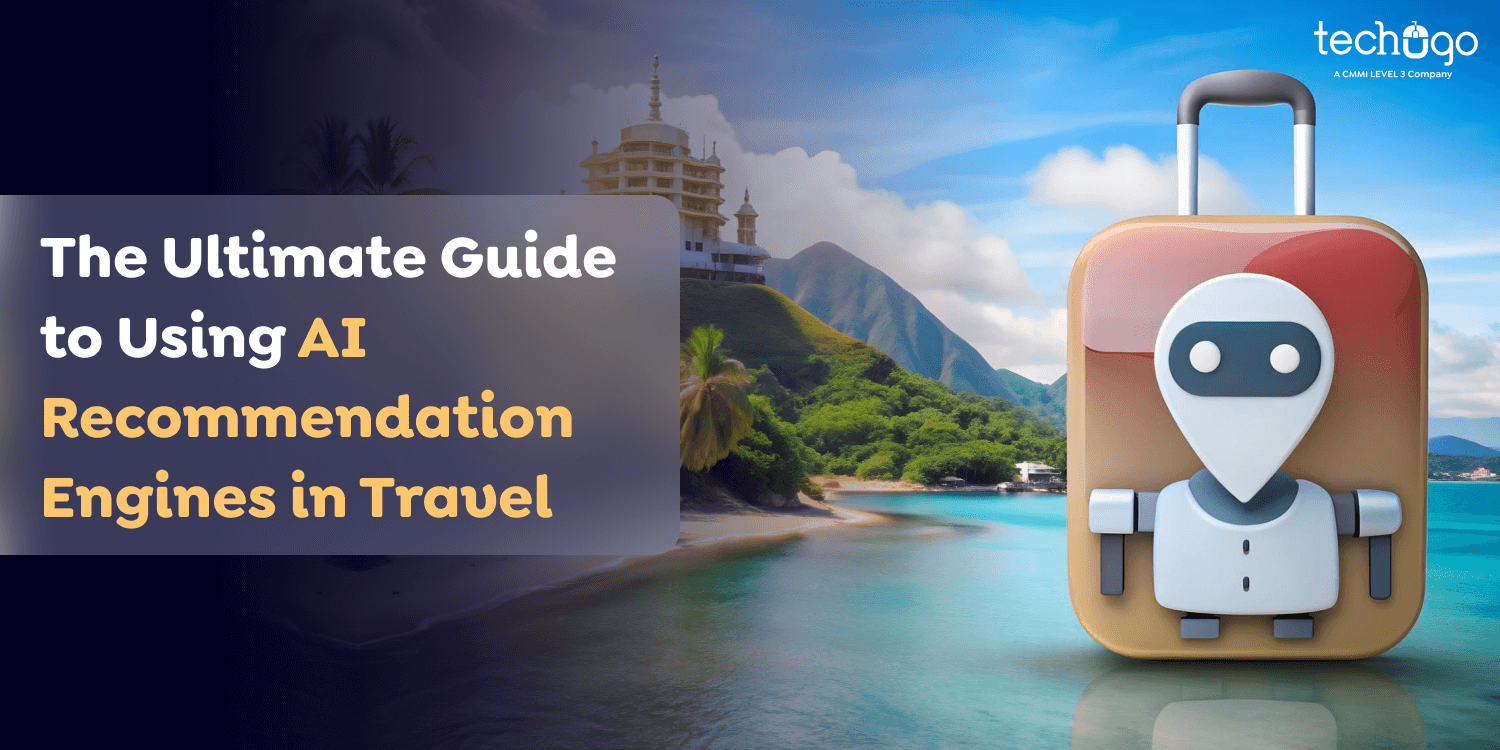7 Nov 2024
Updated on January 30th, 2025
Unlocking Efficiency: The Impact Of Apps Like Transit On Public Transportation
Matthew Connor
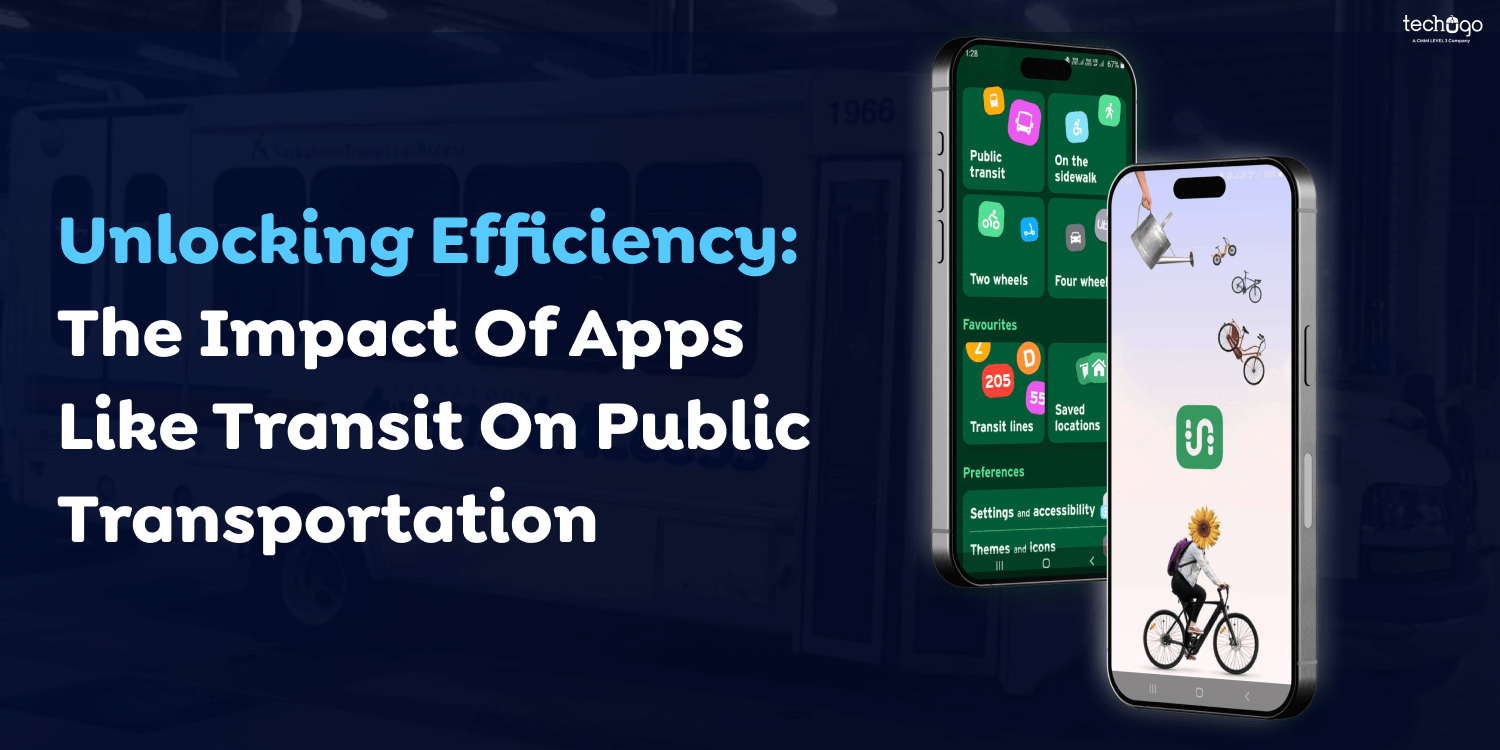
Transport apps are now a fundamental part of our lives and revolutionize how we move in urban areas. As urbanization has increased and the use of public transportation has increased, the need for dependable transportation apps is soaring. Apps like Transit are revolutionizing how commuters travel around the city, providing live information, route planning, and easy ticketing from one spot.
Transit provides commuters with updated information in real-time, allowing users to view the schedule, find routes to access and plan their travel plans, and receive notifications about any delays and disruptions. Through the use of mobile connectivity and internet connections, they provide various features that are created to enhance user experience and commuter experience and also optimize the efficiency of public transportation.
In the wake of spotting the need for a reliable public transport system, creating an app to meet this demand is the perfect opportunity for entrepreneurs and investors looking to reap the maximum benefits from the investment. Applications like Transit can make getting around more accessible through real-time data and user-friendly interfaces. If you’re considering making a travel app like Transit, this guide will offer every detail and step needed to start this adventure.
What Is a Transit App?
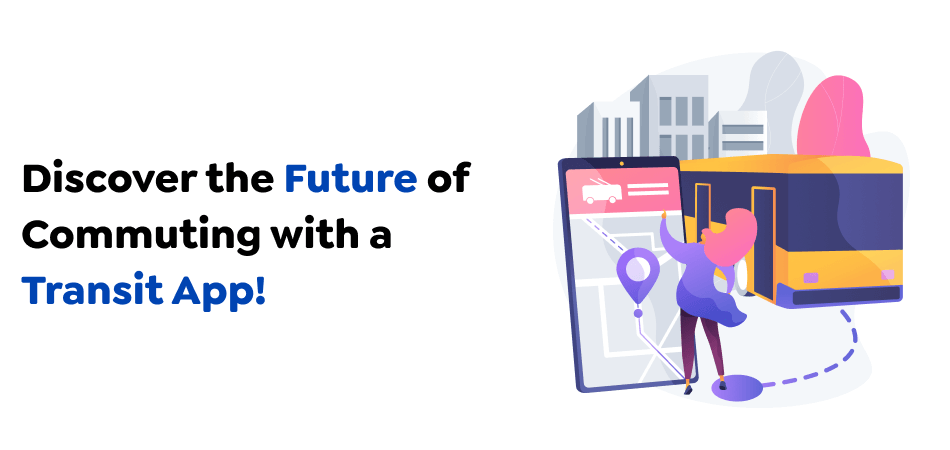
Transit App, introduced to the world in 2012, has earned a prestigious image for its remarkable delivery of up-to-date public transit information. The app is accessible in over 175 locations around the globe. The app is an essential resource for those who use it, allowing them to access the current location of trains and buses. It has an intuitive and straightforward user interface and a user-friendly interface; the Transit App streamlines the commuting process efficiently.
Transit apps permit users to choose their starting and ending locations and provide an efficient and effective route that includes various modes of transport, including cycling, walking, and ride-sharing services. They also offer information on fare costs and permit customers to buy tickets and passes from within the application. Customers enter the locations of their departure and return, and the time they prefer to navigate to their desired destination is effortless, with punctuality and comfort along the journey.
Also Read : How to Develop an App Like Walmart: A Step-by-Step Guide
Types Of Public Transit Apps
![]()
Below is the list of the types of public transit apps; they are:
1. Apps For Transport Providers
The applications are designed in response to the needs of various transport companies. They provide essential functions to the users, such as information about planning trips, an online ticket purchase system, searching for travel routes, etc.
2. General-Purpose Transit Apps
Transit is a navigation app for urban areas that allows app owners to work with various transport organizations and provides information about routes. It is among the finest examples of a universal transit application, with over 250 million people using it in over 3000 cities.
3. Apps For Hop-On, Hop-Off Tours
An easy-to-use model in which apps are developed to facilitate bus trips in the country or city. Each tour is planned with prominent landmarks and covers a range of exciting locations. Tourists and travelers can visit iconic landmarks listed in the app. The app will provide essential information and features like stop-offs, offline maps of cities, audio guides, vehicle locations in real-time, and more.
Also Read : Revolutionizing Investment: How to Build a Trading App Like Robinhood
Benefits Of App Development Like Transit
Mobile apps like Transit allow for integrating multiple forms of transportation, such as subways, trains, and buses, as well as ride-sharing and bike-sharing systems. The result is an extensive and seamless journey experience. Using one app allows users to plan their travel plans from beginning to end.
By providing real-time updates on information and multi-modal integration, the transit app will help passengers save time and reduce tension and anxiety when navigating public transport. Furthermore, an app for public transportation creation can benefit your business in the following ways:
1. Enhanced Efficiency
An efficient logistics and transport app can streamline operations by automating ordering management, route optimization, and real-time tracking. This efficiency translates into cost reductions and faster delivery times.
2. Real-Time Tracking
The logistics manager and the customer can track their vehicles and shipments anytime. Transparency builds trust and assists in solving all potential problems quickly, reducing customer complaints and increasing general satisfaction.
3. Reaching Wider Audience
With the advent of smartphones, it is possible to provide a transit application that combines information from the authorities and public transport operators with users’ real-time data. The app will aid users in organizing shared rides, scheduling rides in advance, offering actual-time updates, and tracking their method of transport online. It will also reduce a lot of time and energy. You will undoubtedly get many users. No one likes waiting in a snarling manner in line at an intersection while they whirl around.
4. Paperless Documentation
By eliminating paper documents, mobile apps simplify arranging and keeping essential records such as deliveries, invoices, and bills of lading. They also save time and reduce the chance of document loss.
5. Improved Communication
Effective communication is vital for logistics. The mobile application facilitates immediate communication between dispatchers, drivers, and clients. The app’s messaging system and notifications will ensure everyone is on the same page.
6. Customer Engagement
An exclusive logistics and transport application allows users to make orders, track shipments, and get notifications immediately. This kind of involvement will increase customer loyalty and satisfaction.
7. High Revenue Generation
Creating an app similar to Transit could earn revenue in various ways, including in-app ads, ticket sales, and collaborations with transportation companies. An extensive user base such as Transit will attract advertisers who want to reach an audience targeted explicitly at commuters. Furthermore, selling tickets via the app could create an additional revenue stream for the company while making it more convenient for passengers to buy and utilize public transport services.
Also Read : How to Create a Diet and Nutrition Tracker App Like Lifesum
Key Features Of a Public Transport Application Like Transit
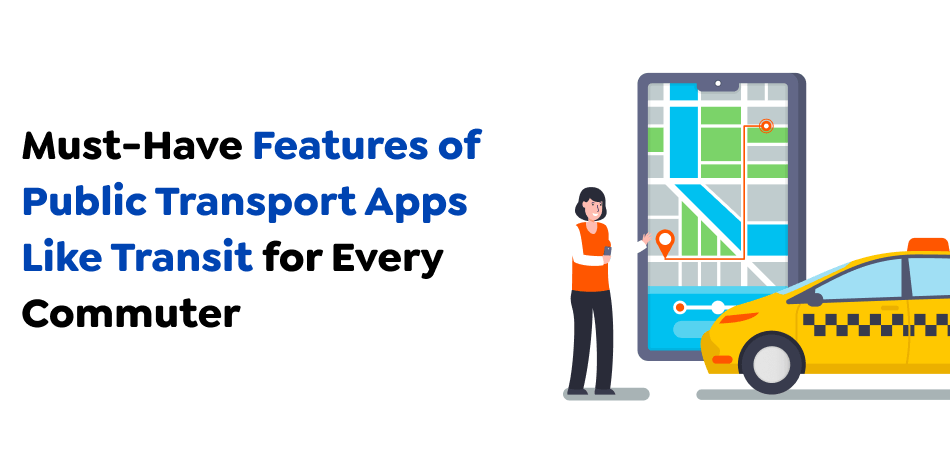
Here are a few crucial features that your app for public transportation like Transit should include if you wish to be competitive in the marketplace.
1. Maps And Navigation
Customer service should be readily available at any point on your public transit application to ensure that your app is successful for on-demand transportation. How do you handle situations where a visitor or immigrant is looking for an accessible train station or bus stop? Many people are reluctant to seek directions in unfamiliar territory, so it’s best to integrate the location map in your application for public transit development to provide specific transit solutions.
A public transit application allows users instant navigation assistance for their problems with travel. Planning the accessibility of public transportation Transit throughout the city is vital for having one of the best transport apps.
2. GPS Tracking
It is the primary aspect when designing public transportation apps like Transit. Today, many people waste time attempting to guess the train or bus schedules. When you implement this GPS tracking option into your app, mobile users can check live arrival information directly from the transport medium in real-time.
Users will also have access to daily updates regarding the nearest transport option, which can help your site rank among the most effective ones in the field of transport. With the help of a GPS tracker, you can attract more people to your site since transportation is essential in a fast-changing world.
3. Support Offline
Being connected to the internet is essential for transportation companies. But, it’s crucial to have an offline support system to avoid potential problems. An offline view of your app’s routes and schedule will make it easier for commuters, who typically modify their schedules. The ability to incorporate a traveler report for users to submit delays on public transportation. It will also allow users to communicate their experience to other app customers.
4. Locate a Nearby Mode Of Transport
Users can locate accessible means of transport nearby, such as taxis, buses, and so on. Many modes of transportation are available, and users can help choose the one that best meets their requirements and budget.
5. Social Media Integration
Social media allows users to sign up for this platform, allowing the application to see the details of their social media accounts, such as their names and email addresses. In addition, they can share calendars and schedules with users they have connected to through their accounts on social media.
6. Push Notifications
Push notifications can immediately alert users of emergency interruptions, delays, traffic congestion, and new construction. This allows them to plan train or bus timetables with greater detail. This integration will benefit the app for public transit development. Users will receive live updates about public transport services in their preferred area, creating an image that can result in indirect advertising to online consumers.
7. Real-Time Tracking Of Vehicles
Administrators can track vehicles’ current locations and then forward them to app users who ask to see them on the application. The administrator can profile any essential tracking details, like the estimated arrival time in the area.
8. Keys To Control API
It also allows users to access third-party features like payment processing, tracking locations, etc. Managing API keys in one place allows administrators one place to enable administrators to protect themselves from all security risks and ensure and maintain API security.
9. Ride History
Most apps for public transportation have a Ride history feature. It allows users to review previous trips and journeys made using the application. This feature provides users with an extensive history of prior journeys that includes the date and duration of the trip, the end and start places, the routes taken, and the method of transport used. This data can help track travel expenses and plan and study co and studies.
10. Ticket Booking
Most transport apps allow passengers to reserve tickets for various types of transportation, including trains, buses, and flights. Booking tickets through a transport application can be an efficient and quick option for travelers because it reduces the need to go to the ticket counter in person or a separate ticket booking site.
Specific apps for public transportation can also offer special discounts on ticket bookings, which further encourages customers to use the app to meet their travel requirements. However, the accessibility of ticket booking features will vary based on the place of operation, transport service providers, and the particular app for transport being utilized.
11. Plan Your Route
Using the feature to lay out journeys, users can provide the location of their pickup and drop-off together with estimates of the cost of their ride. Users can then choose the most appropriate travel mode to reach their desired destination based on several factors, including estimates of price and the time required to arrive at their destination.
12. In-Route Alerts
The journey layout feature lets users input pickup and drop-off points and estimated ride costs. Based on various factors, including estimated cost and time, they can pick the most appropriate way to travel to the destination they want to reach.
Also Read : How to Create a Video Editing App Like Splice: From Concept to Launch
Steps To Build An App Similar To Transit
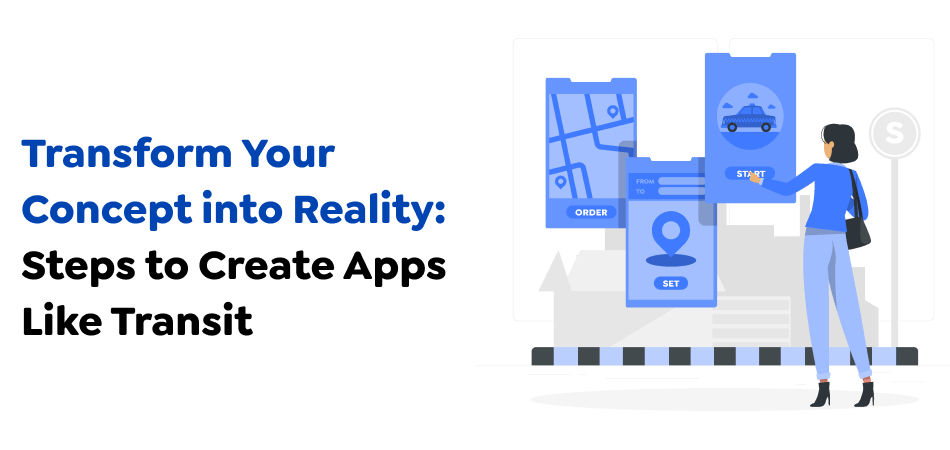
Making travel-related apps like Transit involves substantial planning, development, and testing. Below are a few necessary steps to build apps like Transit:
1. Define The App’s Objectives And Features
Before you begin creating your application, be clear about its goals. Determine the most critical features you hope to include: actual-time arrival updates and route planning, fare information, and service alerts. The purpose behind your app can help you develop it and allow you to prioritize the features you want to include.
2. Research Transit APIs
Access to information requires connecting using the Transit API. Look for transit APIs available for the area you want to cover. Examine the information they offer, such as schedules, routes, and real-time updates. Select an API that aligns with your app’s goals and provides reliable and accurate details.
3. Define App Functionality And Features
Based on your findings and research, list options and functions you would like to incorporate into the app for transportation. Think about features such as real-time tracking, route planning, push notifications, ticket booking, and integration with third-party applications. Create the user interface and the user experience to create an intuitive and seamless app layout.
4. Design The User Interface
Make wireframes or mockups that show the User Interface (UI). Think about the preferences of your targeted audience and create an appealing UI. Concentrate on simplicity and accessibility so users can quickly access the required information.
5. Gather Transit Data
When you’ve picked an API for Transit, begin collecting the data needed to create your app. Get information about routes and schedules, locations for stops, and fare information. Save this information securely in a database or utilize an automated caching system for speedy retrieval.
6. Implement Real-Time Updates
Use the API for Transit’s real-time updates feature to provide your users with live transportation information. Your app can offer precise arrival times, service delays, and other pertinent details. Create a system to retrieve and refresh this information frequently to guarantee accuracy.
7. Develop Route Planning Functionality
Create a feature for route planning to help users discover the most effective routes to travel between two places. Use algorithms or existing libraries to find the best routes based on travel distance, time to travel, and transfers. Offer users a variety of routes and provide live details for each route.
8. Incorporate User Feedback And Ratings
Users can offer feedback on the routes, services, and general app experiences. Set up a rating and review system to collect user feedback. Examine this feedback to determine areas that need improvement. Make changes to increase the application’s accessibility.
9. Integrate Payment Options
If your application has fare payments, incorporate payment gateways and electronic payment methods. Make sure that your app provides safe and smooth payments for customers. Introduce features like ticket buying and mobile wallets. Also, the integration of payment with the transit agency system.
10. Test And Refine The App
Thoroughly test your app on various operating systems, devices, and conditions on the network. Examine for usability issues and performance bottlenecks. Gather comments from beta testers or earlier users to determine points for improvement. Continue to refine the application according to user feedback and test outcomes.
11. Launch And Promote The App
If you’re satisfied with the app’s reliability and performance, ensure you’re ready for its release. Develop an app store catalog with engaging descriptions, photos, and promotional material. Use platforms for marketing online, social media, and targeted ads to market your app’s application to the targeted users.
Cost To Build a Transportation App Like Transit
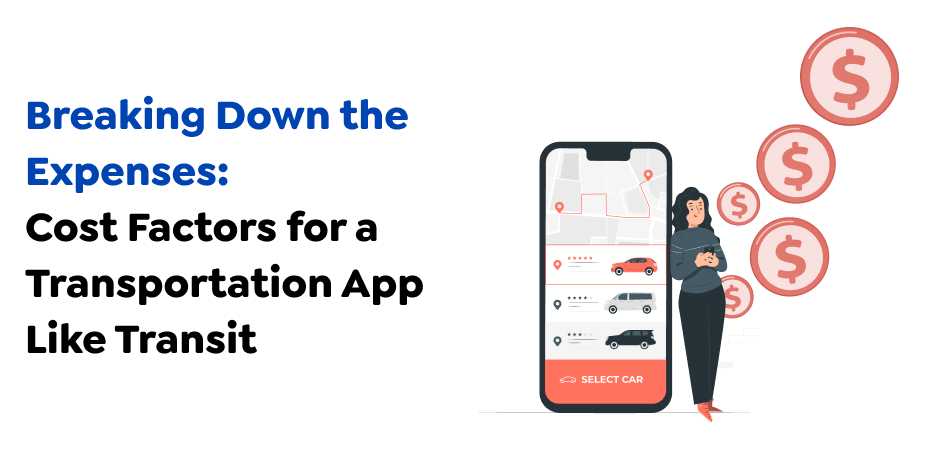
Making mobile apps like Transit has many factors contributing to the cost. This is a brief overview of the factors to consider when building a transportation app:
1. Project Scope And Complexity
The amount of functionality you’d like in your application can significantly impact the price. The basic features will be less expensive than more advanced features, such as real-time monitoring, tenderization, and user analytics.
2. Platform Selection
Deciding whether to create on a specific operating system (iOS or Android) will influence the price. The development process for multiple platforms typically results in higher costs.
3. Design Requirements
A user’s interface (UI) and the user experience (UX) layout significantly impact application success. Creating an appealing design could increase the cost compared to pre-designed templates.
4. Development Team
The price varies depending on the type of development team you choose to hire. You can employ internal development staff or contract the work to an agency or third party. Every option has benefits and drawbacks regarding cost and management.
5. Backend Infrastructure And Third-Party Integrations
A robust backend system to handle user information, transactions, and communications can add to the costs. Integrating APIs to support features like mapping payment gateways, payment channels, and social media logins could require additional fees.
6. Testing And Quality Assurance
Performing thorough tests is crucial to ensure that the application functions seamlessly across all types of devices and situations, which can increase overall costs.
7. Maintenance And Updates
Continuous maintenance, updates, and help are vital to the longevity of your app after launch. It is advisable to incorporate these costs at the beginning.
Based on these variables as a guideline, the price of creating an app for transportation similar to Transit may range from $30,000 to $50,000 for the basic version. For more advanced or customized options, costs could go up to $150,000-$200,000. You should consult app developers to receive the most precise cost estimate for the requirements of your particular business.
Also Read : How to Develop a Cash Advance App Like MoneyLion: Key Features and Cost Insights
Tips To Consider For Transportation App Development
This section will discuss how to help you develop a feature-rich transportation app. Let’s understand each feature comprehensively.
1. Simplify Your App
Everyone hates a complicated app. Customers install applications to provide service. If that task takes longer than anticipated, it can negatively affect the company. On average, 77% of customers left the application within three days of installation. Why? Because of its complexity and difficulty getting around.
Simple UI/UX will appear more appealing than expensive ones, as the former will allow users to navigate the app easily. The app will let users download, install, and then use the application without further permission.
2. Responsive Design
Another suggestion for creating an app that is best for transport is a highly intuitive design. User experience plays the greatest role in determining whether the app is successful or unsuccessful. Because many devices have different resolutions, apps should be developed with this in mind. Following an extensive market study, it is possible to do this by outsourcing the task to one of the top app companies.
3. Loading Time
It’s one of the most essential and noticeable aspects of a successful app. Another issue that hinders app development is loading times. You will likely lose clients when an app loads over a few seconds. Transportation is fluid and demands the quick completion of tasks. It is, therefore, recommended that app load times. It should be reduced. Ads, analytics, picture fields, fields, and server connections must be tested before an application is released.
4. Feedback Matters
Suppose you accept constructive criticism by focusing on the users you serve and allowing them to express their experiences with the application. This is how you can improve your app and expand your customer base. By listening to user feedback and suggestions, you can determine what requirements and functions they are looking for. This will reduce the time spent researching and provide the best solution for the customer.
5. Ubiquitous Development
Budget plays a crucial part in the development of apps. If you have a good flow of money, you can move forward with building for different operating platforms. If the budget is not enough, it is recommended to concentrate on developing cross-platform apps or just a single native app. Native apps aren’t the only option.
They can provide excellent benefits to businesses. If you’re confused about which app technology you should choose or how to move forward with your plan, you can contact an experienced app development company in Canada.
Mobility Future: Integrating Advanced Technology In Transit Apps
The urban mobility landscape has undergone a transformational change triggered by significant technological advancements. While cities continue to expand and face the challenge of increasing populations, the rising demand for effective and sustainable solutions for public transportation is never more urgent. That’s why integration, when the technology aspect is included in apps for public Transit is expected to play a significant part, thus bringing the future of commuting that can be seamless, efficient, and adapted to meet the demands of smart urban areas.
One of the main elements technology offers is the ability to update data in real time. Updates in real-time can reduce the stress that comes with delays. They aid commuters in improving their commutes. Furthermore, the inclusion of digital ticketing systems in applications for public transportation improves your commute overall. Gone are the days when you had to search for loose change or were in a long line for tickets. Commuters can secure and effortlessly pay for their Metro and bus journeys with a few clicks from their mobiles.
Utilizing the best of data analytics in conjunction with artificial intelligence, cities can plan and improve the efficiency of their transit systems to cast traffic congestion areas and ensure an even distribution of resources regarding transportation services. Machine learning algorithms could analyze commuter patterns, leading to improved routing planning and resource allocation.
Future mobility will move towards seamless integration with technology and public transit applications. As cities continue to change, intelligent solutions that are focused on the environment, efficiency, sustainability, and inclusivity are essential. The transformational impact of technology on urban mobility is clear, and as people embrace this new future, the process towards smart and connected cities accelerates. The future is thrilling, with endless possibilities for enhancing how people move in urban environments.
Conclusion
Technological advancements have revolutionized each industry and how they function. App development for public transportation is a practical step in increasing the efficiency of transportation and commuter experience overall for individuals. Mobile applications like Transit offer a variety of benefits and solutions to the problems of commuters and transit agencies.
Thus, using its advantages in your transportation and logistics company is an effective strategy. Also, an app for logistics and transportation created changes in your business model. Additionally, it will help you earn a profit straight from the start. The development of transport apps like Transit requires complex knowledge of users’ needs, market dynamics, and technical requirements. If you are planning to digitize your transport business’s operations, contact a respected app development company like Techugo to make the process a positive one.
Get in touch with us to learn more about creating innovative apps like Transit that enhance your transportation experience!
Get In touch
We are excited to here from you and let’s start something special Together. Call Us for any inquiry.
Write us
sales@techugo.caJust a call away
About you

